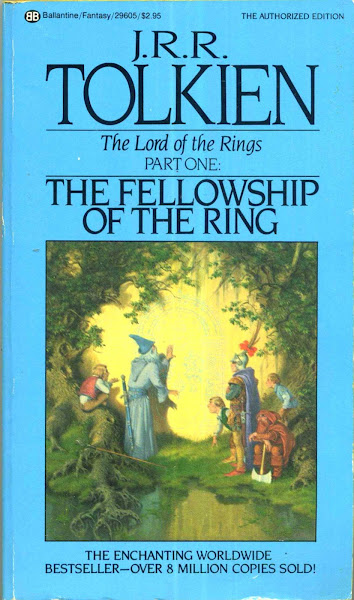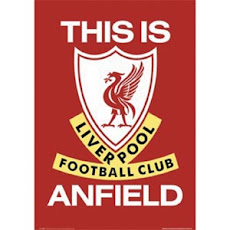Expounding on the
24-second shot clock theory:
NU-BDO vs. Cagayan
Valley
by
rick olivares
The PBA D-League match between Cagayan Valley and
National University-BDO yesterday, January 20, at the JCSGO Gym in Cubao can
best be summarized with this:
CV answered every run of NU-BDO’s with one of their
own. Even when the Bulldogs threatened
to take over the game, the Rising Suns hit some huge shots the biggest of which
were the back-to-back threes by Don Trollano and Adrian Celada that answered
Troy Rosario's and Robin Roño's own triples to make it 97-90 for CV with 2:32
left.
The Rising Suns attacked inside early with Mark
Bringas and Jason Melano doing damage inside. Michael Mabulac and Jessie
Collado also hit some big shots inside the lane. With no real center to protect
the lane, NU-BDO played a 2-3 zone.
When the Bulldogs went zone, the Rising Suns
positioned their shooters outside the arc in Celada and Trollano. Nard Pinto
and Marvin Cruz were off with their shooting as they had to contend with their frenetic
guarding of Cedric Labing-Isa and Roño. The rotation was sometimes a second
late in running out to the open shooter.
The physical play by CV on BDO-NU bothered the
players but not too much as they made the Rising Suns pay by going to the line
40 times (but converted only 31 for 77%).
Ray Parks of NU-BDO was held to two points off two
free throws in the second half but to the Bulldogs credit, they didn’t crumble.
Troy Rosario played huge by scoring 21 points including an acrobatic twisting
reverse lay-up off a drop pass by Glenn Khobuntin who himself was unstoppable
on his drives. The guard corps of Cedric Labing-Isa (who has played a string of
terrific games), Robin Roño and Paolo Javellona all came up big in the absence
of Gelo Alolino.
For CV, even when some of their players were in foul
trouble the bench played well. Aside from the aforementioned players, some like
Phil Mercader and Kenneth Ighalo came up with solid games (e.g. guarding Parks)
with their contributions not showing up in the stat column. But the offensive
rebound by Mercader in the last two minutes of overtime was huge for the Rising
Suns as they scored.
I kept track of the shot clock management of the
Bulldogs. This was to test that 24-second shot clock theory that I discussed with
Tim Cone about two years ago. I wrote two articles (here is the first link and the second link to those articles) about that as I followed
Cone’s B-Meg teams and well, by game’s end, the theory was proven.
I am going to lift some passages from that article I
wrote:
“The Phoenix Suns teams of Mike D’Antoni made its
‘seven-seconds-or-less’ offense forever a part of basketball lexicon. While
it’s not ‘Moneyball’ as that pertains to a different aspect of baseball, I
think it’s all about getting the easiest shots and points possible. Now when I
look at a Tim Cone-coached team, what I look for is its adherence to the
prescribed system and the management of the shot clock. Efficiency if you will.
Theoretically, a basketball team has five opportunities
in a 24-second shot clock.
The first six seconds are usually off the fastbreak
where the percentages are higher.
The next six are of lower percentages because the
defense is better set.
In the next six (18 seconds), the percentages are
better because this is when an offensive team should pick apart the defense
with its set plays.
The next three seconds are still good because the
designated scorer should have the ball in his hands.
The last three seconds, the percentages plummet because
this is what you call the desperation shot.”
I wanted to check this out with the Bulldogs in their
game against Cagayan Valley yesterday. Having watched this team for quite some
time, I felt that this was a team that was better suited to a fastbreak game
rather than a slow it down half court set.
Here’s the data I recorded with a slight difference,
I grouped the shot clock attempts into increments of eight. By the next game,
I’ll go back to the breakdown of the proper five attempts per 24 seconds.
Anyways, here are the stats on the clock management
1st eight seconds 24-17: made 23 shots then missed 15
2nd eight seconds 16-9: made 7 then missed 15
last eight seconds 8-1: made 8 then missed 6.
I am missing five shots.
Here are figures:
NU: 38-79 field goals (77%)
Fastbreak points: 22 points (to the 4 of Cagayan
Valley)
So if they made 23 baskets in the first eight seconds
of the shot clock, should that theoretically translate to at least 46 points/
So why 22 points only in the official stat sheet. You also have to take into
consideration the second chance points.
For example, on three consecutive possessions, NU-BDO
scored on putbacks off missed attempts. That means the shot clock was reset to
24, hence, the quick score.
How many second chance points did NU-BDO score -- 15
points (to the 11 of Cagayan Valley). And there are the free throws to go with
the and-ones.
But ultimately, this made the big difference in the
end result: 14-33 (42.4%) three-point shooting by Cagayan Valley to the 3-19
for NU-BDO.
What this means is the Bulldogs have to quicken the
pace that is more their game and to defend that three-point zone better.
Anyways, for the next match, we’ll do our best to
break down the 24-shot clock theory in its five basic attempts.










No comments:
Post a Comment